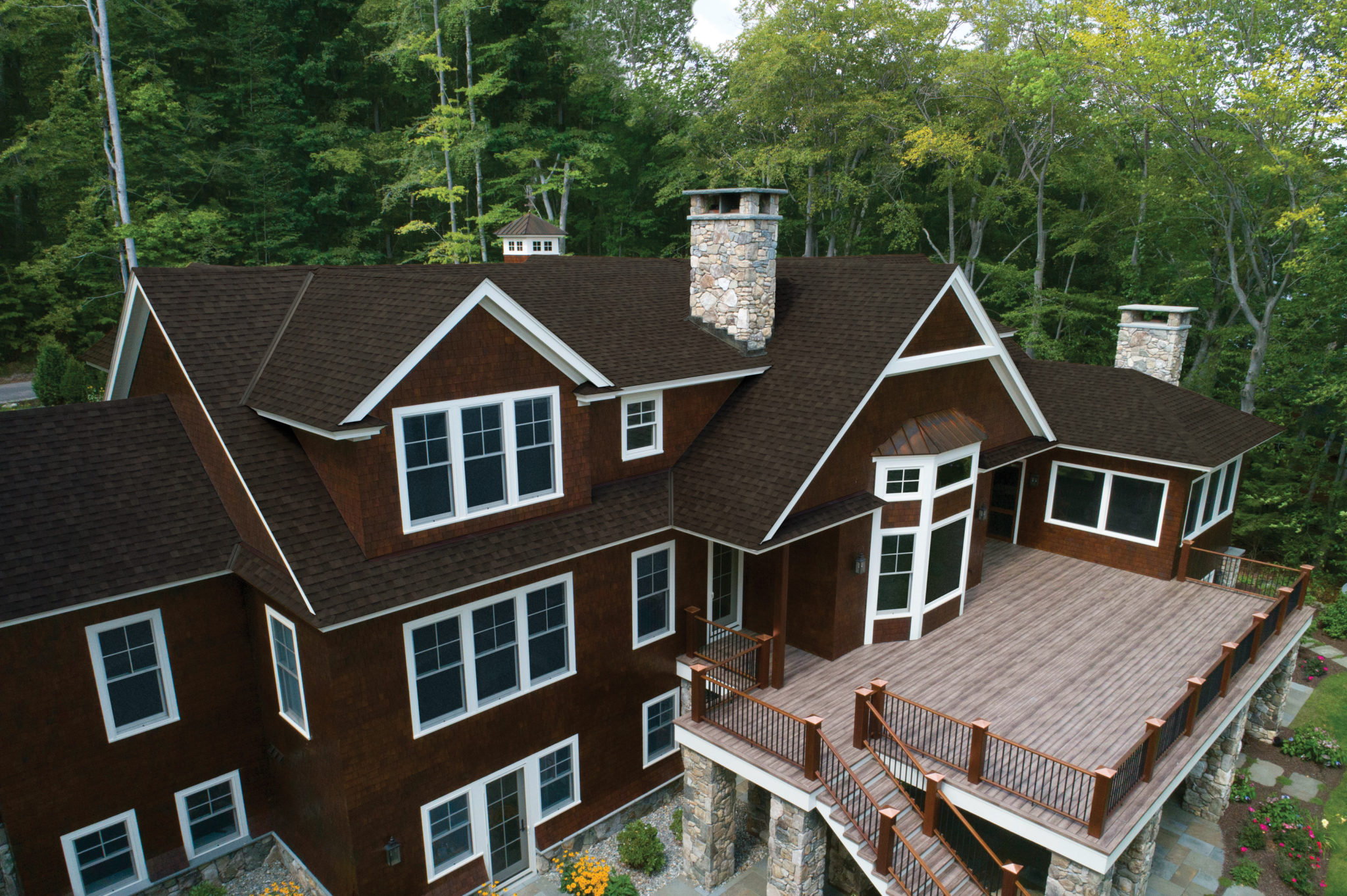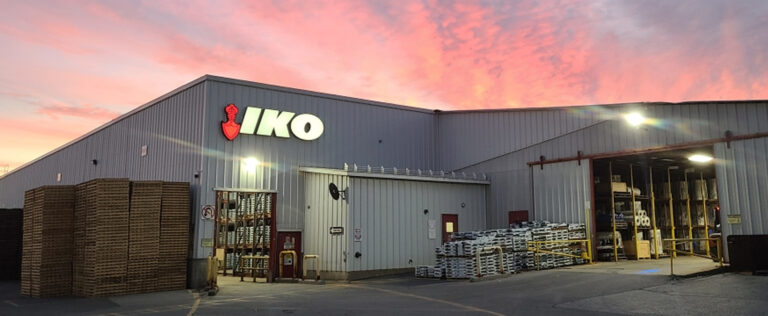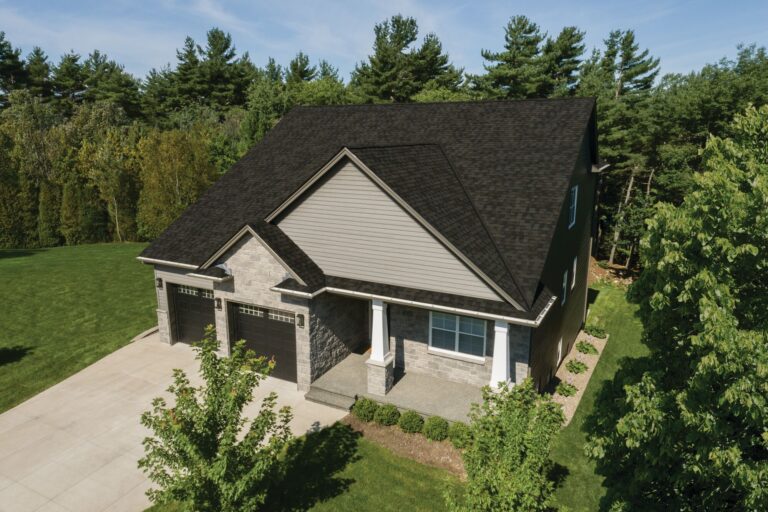Guide to Residential Roofing Materials
Which Residential Roofing Products Are Right for You?
You have many more options in roofing products than you think. Here are some tips on choosing the best roof, and how to get the best value, from the pros at IKO Roofing.
You need a roof for your home, whether it’s a brand-new build or an existing roof that needs replacement. The big question is, of all the roofing products available, which one should you pick?
In some cases, the decision may have been made for you based on local municipal requirements but, most of the time, the decision is up to you, the homeowner. There are five general categories, or families, of roofing products which we outline below. Keep in mind that availability of these roofing products may vary by region, so be sure to do research ahead of time to determine what options are available in your area. The price of roofing products can also vary significantly, sometimes even within a certain category, so read through our tips to ensure you get the best value for your dollar. We offer an average price range here for your reference. Just remember that pricing is highly variable, depending on what you’re looking for and where you live.
Roofing Product Types
Asphalt Shingles
Asphalt shingles continue to dominate the North American roofing market for a variety of reasons: they are affordable (while still offering great value over their lifetime), easy to install, maintain and repair, and come in a variety of styles and colors.
Plus, asphalt shingles are available in all North American markets, so you won’t have any trouble finding a selection to choose from. IKO recommends having a qualified roofing professional install them.
According to Maciek Rupar, an NRCA Director of Technical Services, “There is a wide and ever-increasing range of residential roofing products on the market today.” He adds, “Although NRCA member-contractors are trained and qualified to install a variety of roofing products, for steep-slope applications, asphalt shingles continue to be the product most commonly installed by our professional members.”
For more up-to-date information on asphalt shingles, visit the Asphalt Roofing Manufacturers Association.
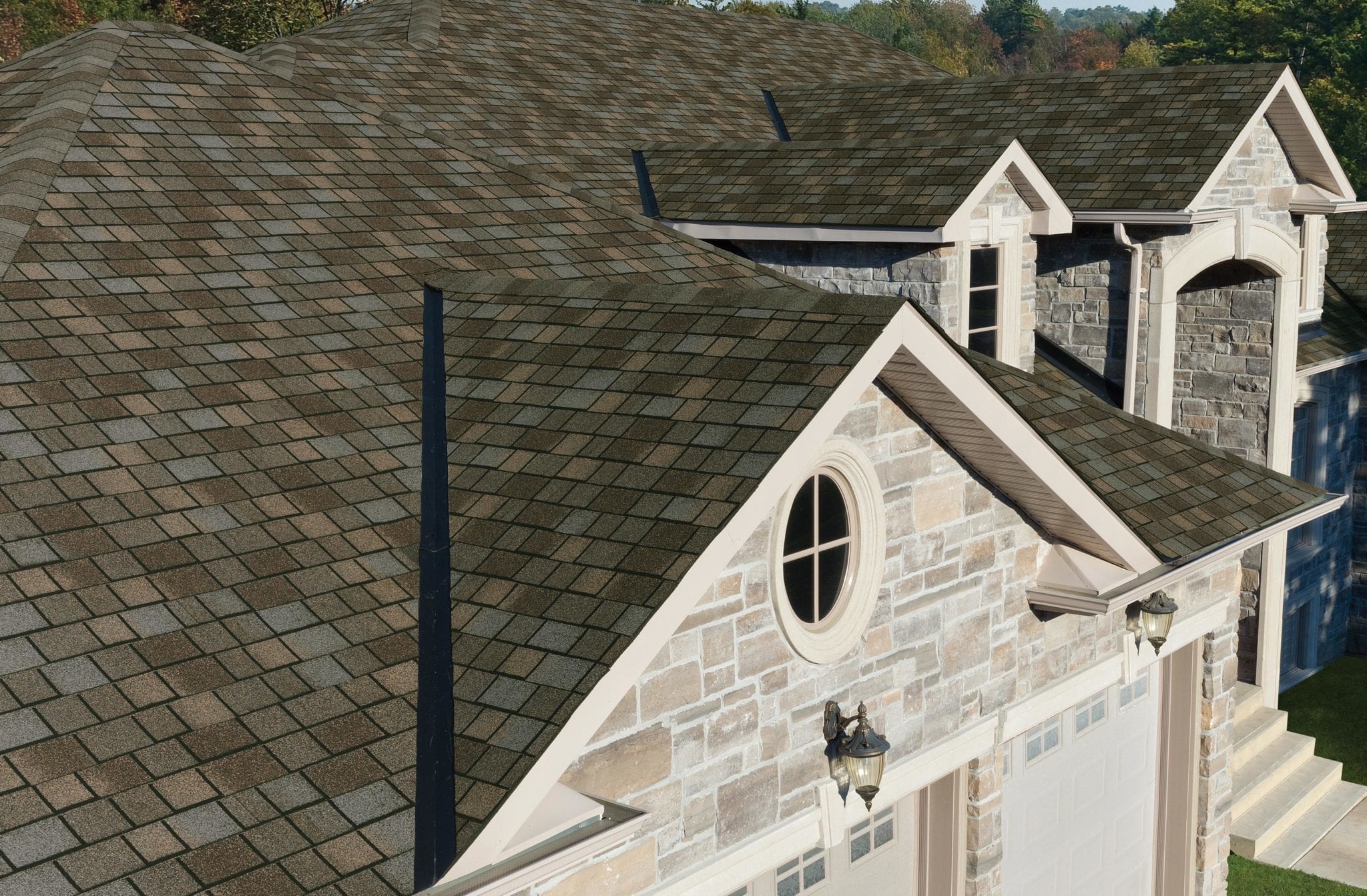
Royal Estate
Asphalt shingles, like IKO Royal Estate shown, continue to dominate the residential roofing market. Increasingly, homeowners are opting for the upscale, high-definition profiles that look like genuine slate tiles or cedar shakes.
Metal Roofing
Metal roofing is available in shingle-style panels (most often made from rolled steel or aluminum) or in larger sheets. Larger metal sheet roofing is the more established type of metal roofing, while smaller stamped panels have been developed in recent decades to simulate the look of shingles and shakes. Unlike asphalt shingles, steel panels must be treated for rust resistance before they’re installed. This is done at the factory.
Copper has long been used for roofing, primarily due to its water resistance and malleability. You can see the characteristic green-colored, aged patina of copper roofing on many historic buildings.
Check out The Metal Roofing Alliance for more information on all types of metal roofing.
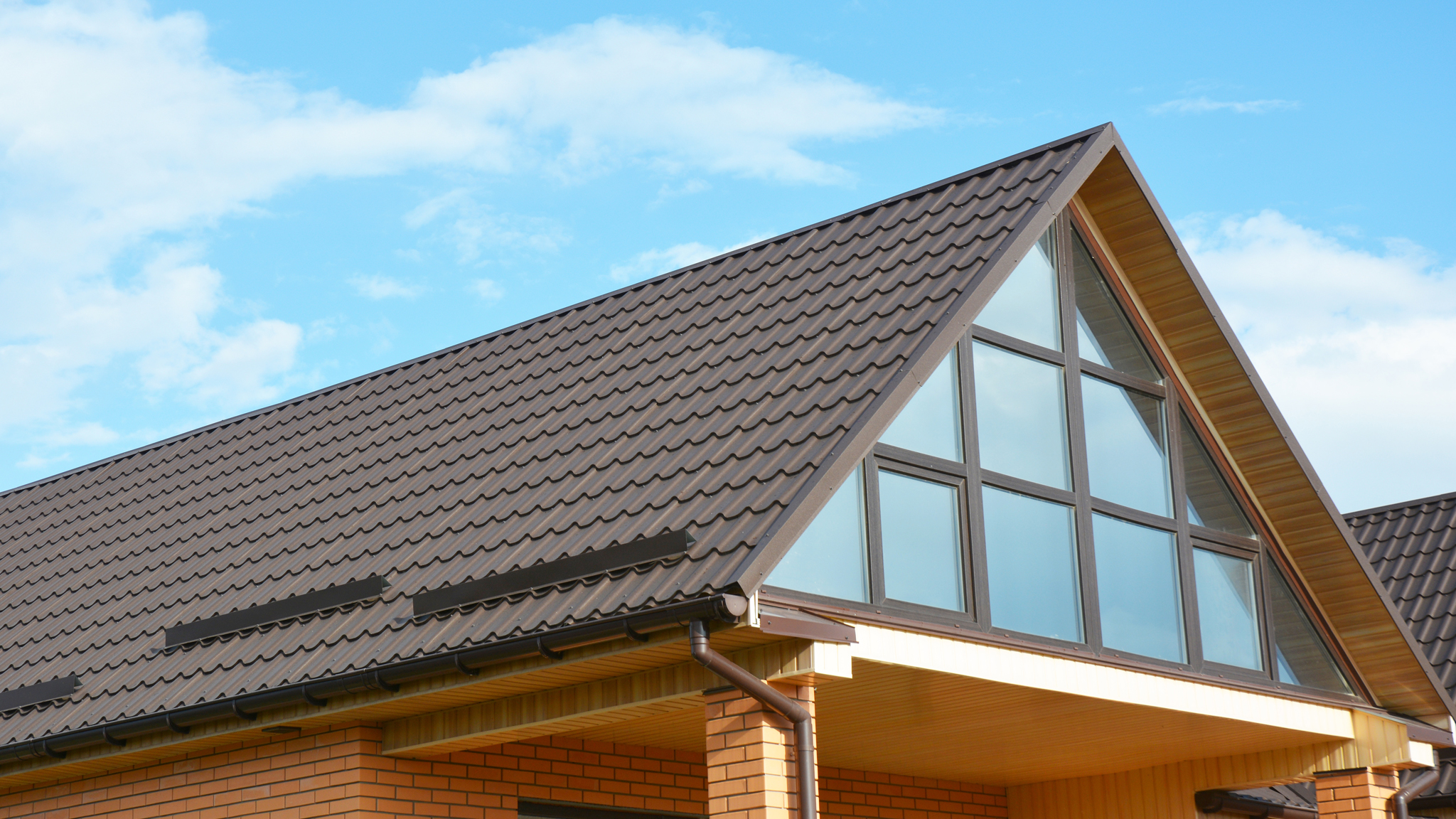
A Typical Metal Shingle Roof
Photo courtesy of The Metal Roofing Alliance.
Wood Shakes And Shingles
One of the earliest types of roof covering used throughout North America, wood shakes can give your home a rustic, country appearance. Cedar is the most commonly used wood species because its inherent oil content provides good weather-resistance.
The term “cedar shakes” typically implies the wood has been split, whereas the term “cedar shingles” usually indicates the wood has been cut to shingle thickness. Untreated pine shakes were introduced in the 1980s in parts of North America, but they have not performed well in service.
You can find much more information on wood roofing at The Cedar Shake and Shingle Bureau.
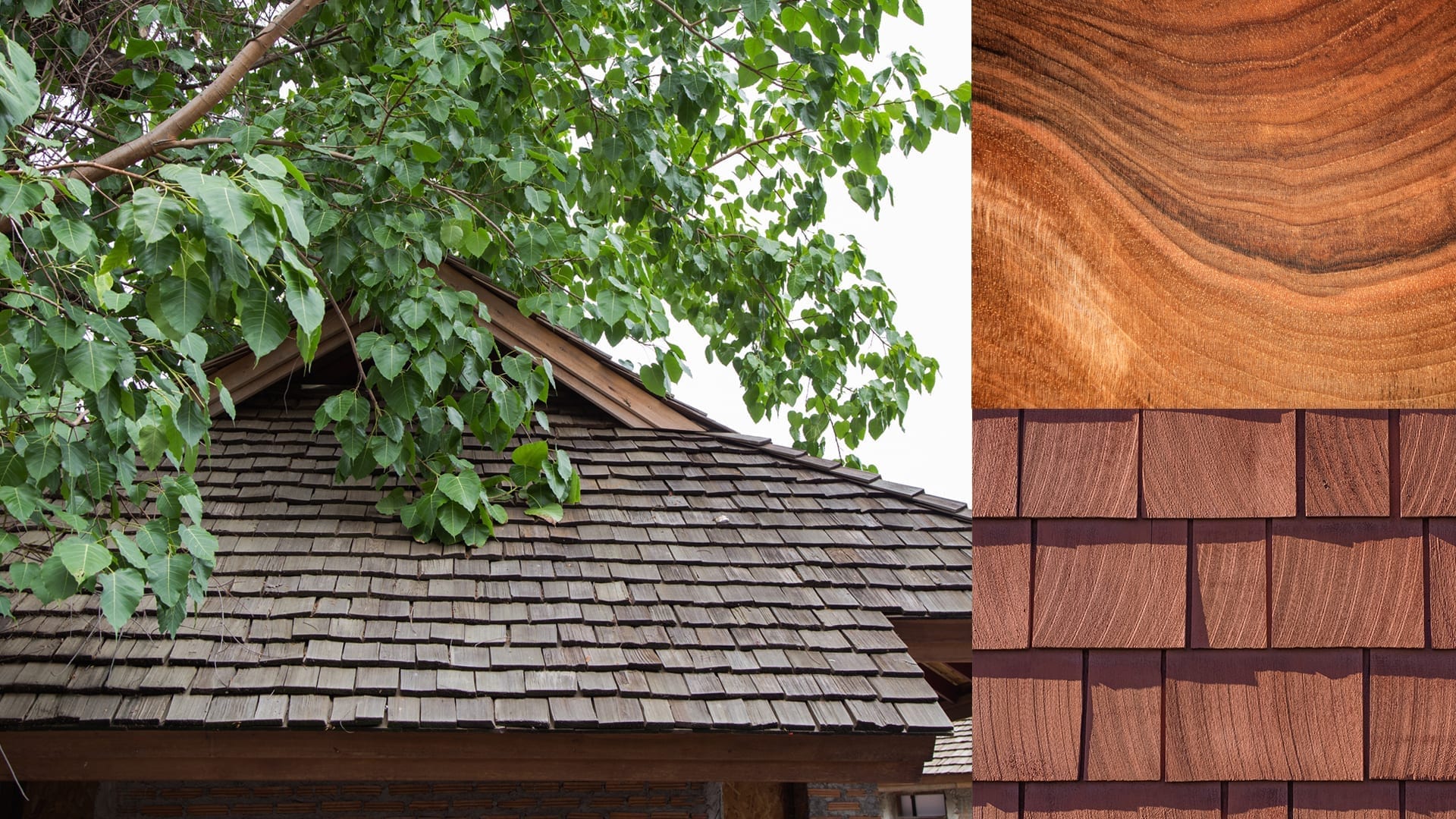
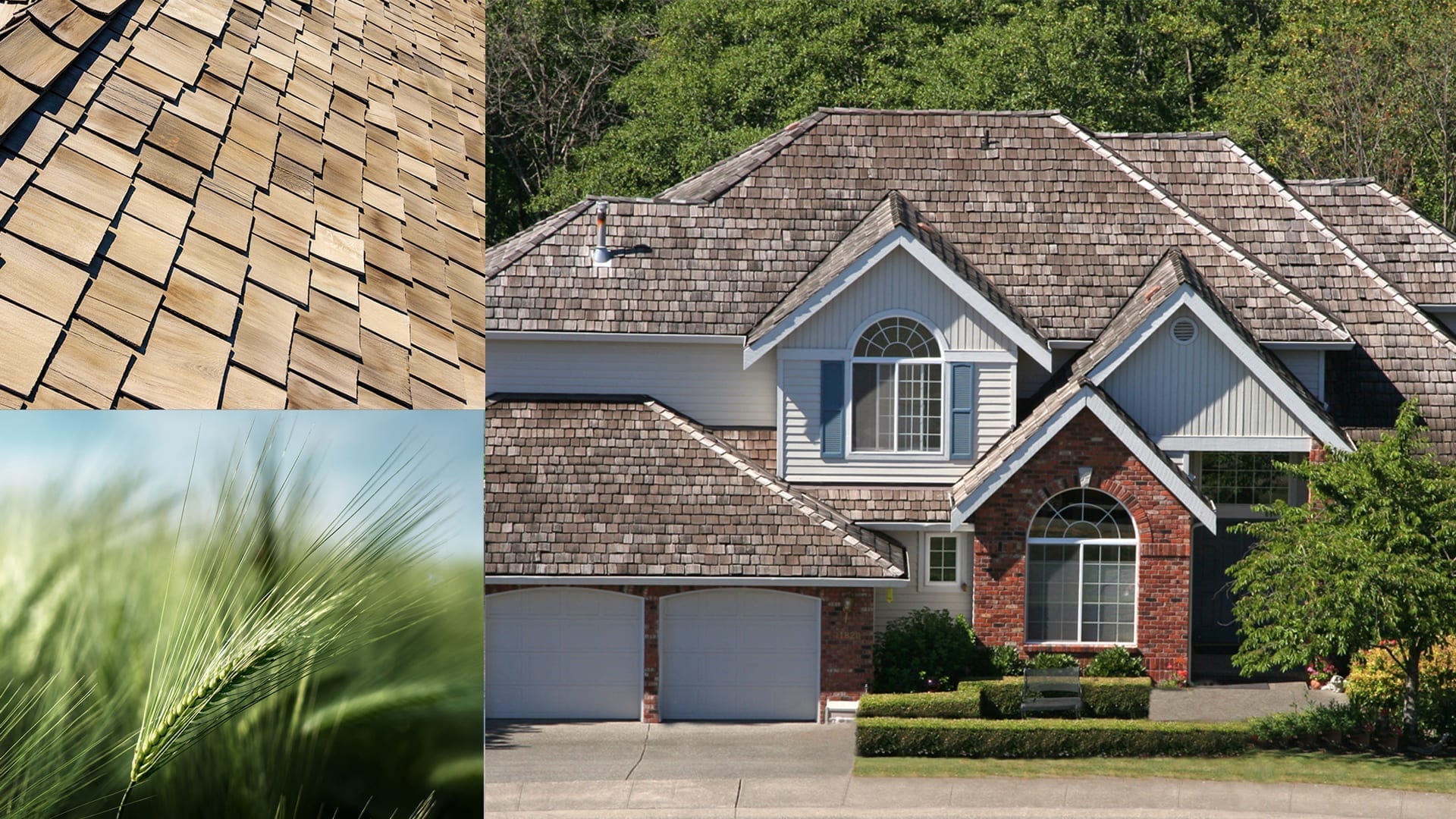
Rigid Mineral Tiles
More common in the snow-free southern states due to traditional architectural home styles and product availability, rigid concrete and clay roof tiles come in a wide variety of colors and profiles. “Profile” is a common industry term that refers to a tile or shingle’s shape or contour. Because these tiles require special installation techniques, accessory materials and tools, tile roofs are typically installed by trained professional contractors, not by do-it-yourselfers.
Some tile profiles, like the larger half-tube-shaped ones, may require vermin screening in areas where there is a gap between the underside of the tile and the roof deck to help prevent critters from entering the roof space.
You can find a comprehensive review of these tiles’ features and benefits, along with the most recent installation manual, at the Tile Roofing Institute.
Synthetic Tiles
Synthetic tiles are the newest roofing products on the market. Most brands have been around for less than twenty years. Many manufacturers are making a wide range of synthetic roofing shingles designed to emulate concrete tiles, asphalt shingles, slate tiles and wood shakes. Availability varies by region.
These roofing products generally have a high recycled material content of post-consumer plastics, which can be a priority for some enviro-conscious homeowners. They are manufactured according to different formulas which may include plastics, rubbers and other resins and extenders.

Factors to Consider When Selecting Your Roofing Product
Value
You cannot base the value of the roofing product you select solely on its initial material cost. Rather, when considering the right roofing product for your home, consider the total cost, including any special structural or decking considerations, labor and special accessory materials, factored over the anticipated service life of the material. Although somewhat difficult to calculate, you also need to consider any increase in overall value that the new roof may add to your home.
Appearance
Any new roof is likely to look better than the one it’s replacing. It’s your home and, unless there are neighborhood rules dictating otherwise, you should choose the style you like! If you really want your roof and home to stand out, you may want to select a radically different roofing material not found in your area.
More often, homeowners want a great looking roof that blends in with the home and roof styles around them. Consider what look best suits your home’s style and your family’s personality.
Climate and Performance
Severe weather events such as hurricanes, tornadoes, hailstorms and heavy rain are on the rise. Choose shingles that are specifically engineered to provide maximum protection against the elements, based on the prevailing climate and weather conditions where you live. IKO offers two performance class shingles, IKO Nordic and Dynasty. They’re fortified with ArmourZone for maximum resistance to uplift and blow-off even in high wind. Nordic also offers a Class 4 Impact Resistance rating*. And their high-definition color blends make them look every bit as great as they perform.
*This impact rating is solely for the purpose of enabling residential property owners to obtain a reduction in their residential insurance premium, if available. It is not to be construed as any type of express or implied warranty or guarantee of the impact performance against hail, of this shingle by the manufacturer, supplier or installer. Damage from hail is not covered under the limited warranty. For further details concerning the FM 4473 standards, visit the FM Approvals website.
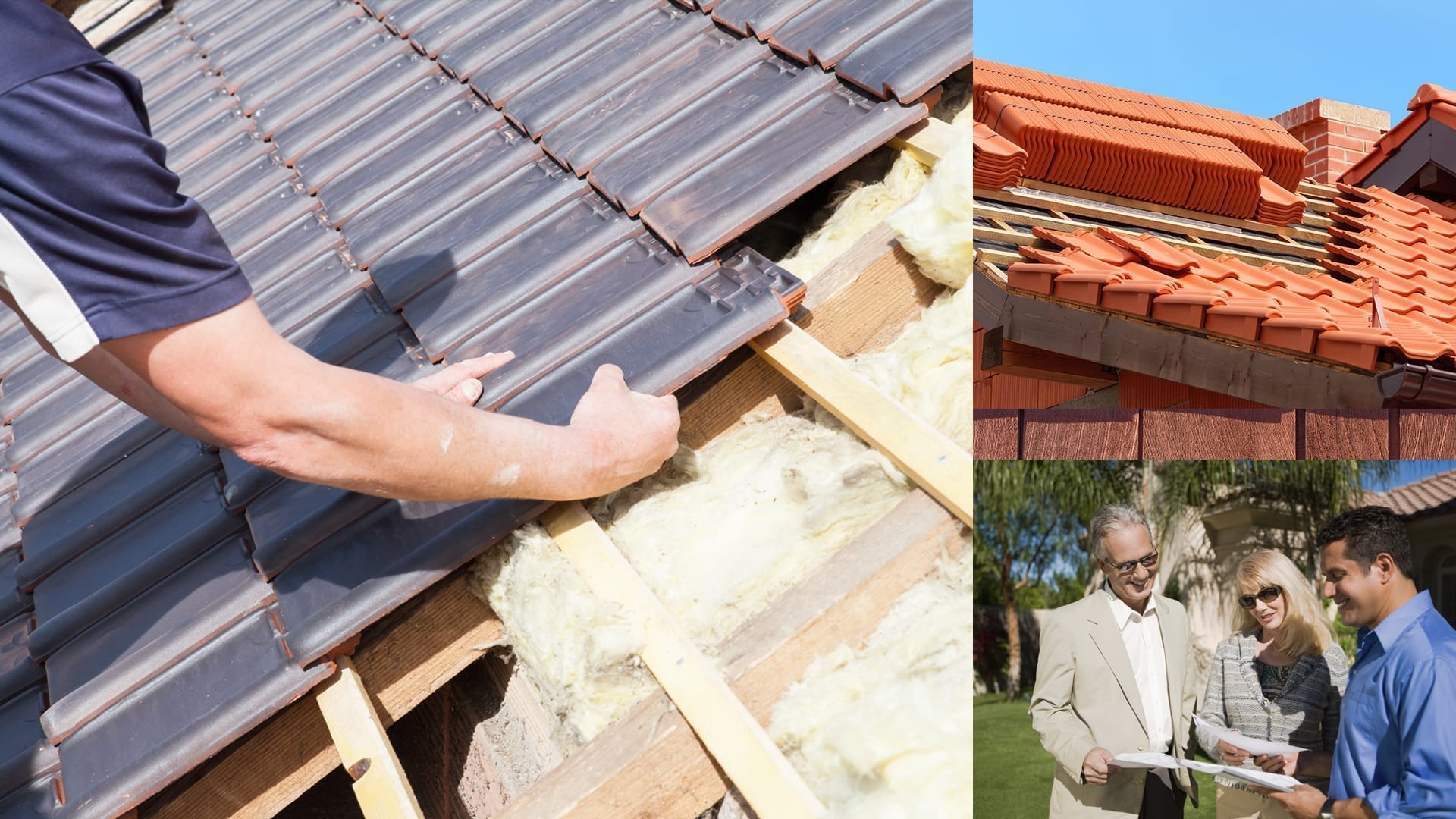
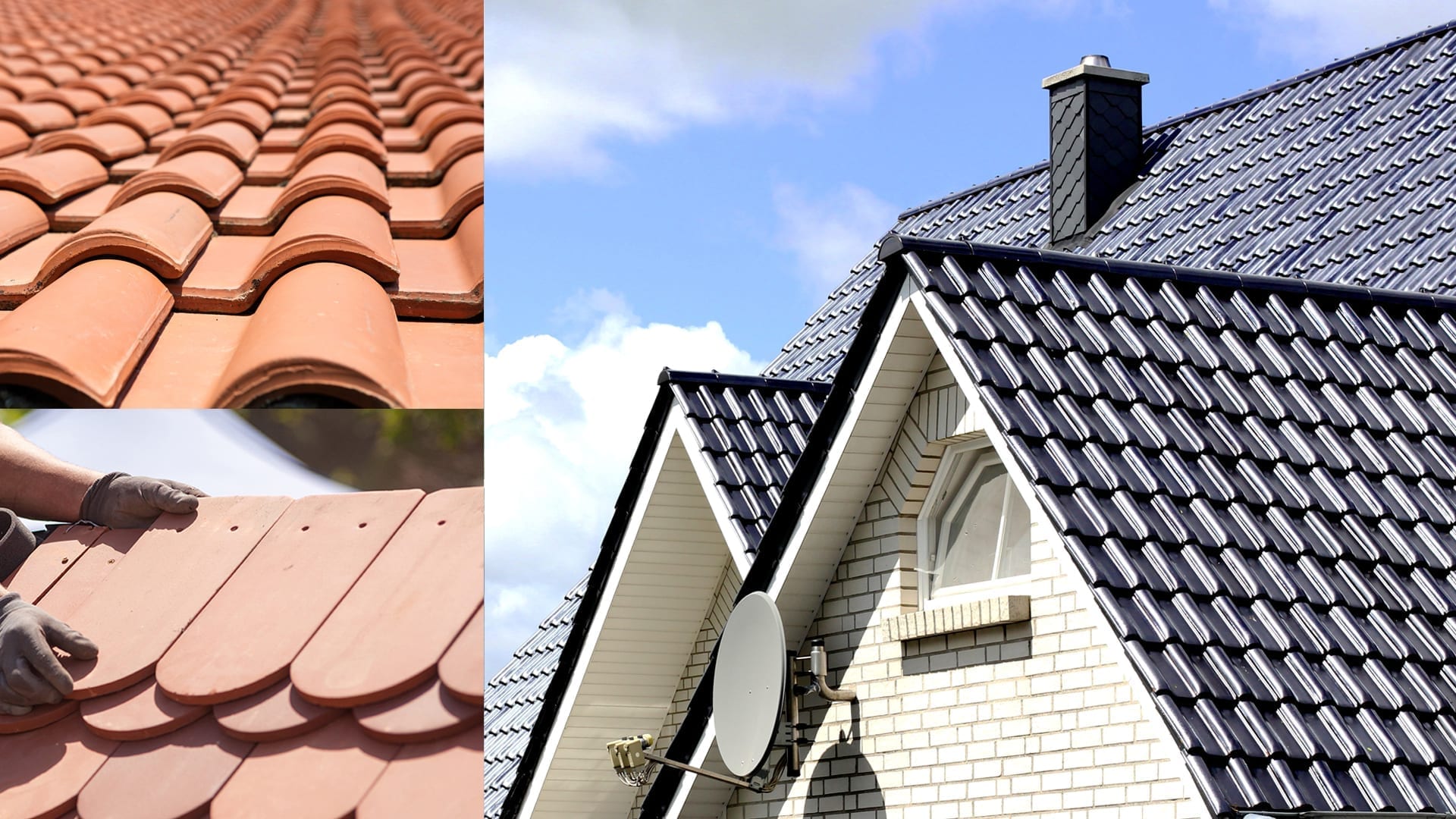
Structural and Roof Design Issues
Some roofing materials (particularly tiles made of heavy materials such as clay or concrete) may require additional structural support for the installed roof system. Consult the roofing contractor, product installation specifications and/or a qualified structural engineer if you’re thinking of using a heavy material.
Color options: Make sure that the roofing material you choose is available in a color that complements your home’s exterior. Certain roofing options may have a limited color range.
Compliance: Consult your local building code and homeowner association rules for your neighborhood to ensure the product you want to install is approved for your area.
Installation and Availability
You may have seen a nice roofing product on a trip, or maybe your cousins had some beautiful tiles installed at their home down south, and you want the same roof on your home. Contact local roofing supply outlets and local roofing contractors to ensure the material you want is available, and there are trained professionals available who have experience installing that product.
As you consider each roofing option, many other factors may enter your decision-making process. For instance: the limited warranty coverage offered for each product, the history of the proposed roofing material in your region, the roofing product’s environmental impact in terms of recyclability or sustainability, its compatibility with solar panel installations and, if you live in an area prone to hail storms, its impact-resistance rating.
Carefully evaluating all these factors will help you choose an appropriate roof for your home – not just one that’s been hyped up through marketing.
Choosing a new roof is a big decision, one you’ll have to live with for many years, so review all the options to make an informed and successful choice.
As a starting point, visit IKO Roofing to check out the latest shingle designs and color blends from one of North America’s largest shingle manufacturers.
